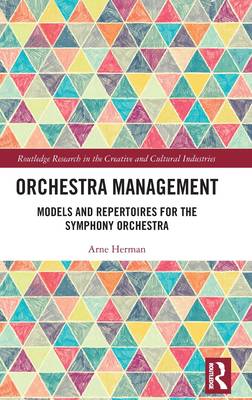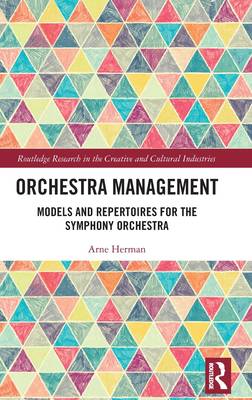
- Retrait gratuit dans votre magasin Club
- 7.000.000 titres dans notre catalogue
- Payer en toute sécurité
- Toujours un magasin près de chez vous
- Retrait gratuit dans votre magasin Club
- 7.000.0000 titres dans notre catalogue
- Payer en toute sécurité
- Toujours un magasin près de chez vous
Description
Every orchestra in the world oscillates between crisis and survival. This perpetual movement makes innovation, both in organizational form and in artistic product, vital to the sustainability of the symphony orchestra. Based on case study research in Flanders, Amsterdam and London, this book reflects on the sustainability crisis of the orchestra by framing it as a legitimacy crisis that affects both the orchestra's artistic and organizational identity.
The aim of this book is to explore the dynamics between various and often conflicting factors in the orchestra's quest for survival, and to show how these organizational dynamics relate to the orchestra's repertoire. By highlighting the importance of every organization's specific environment to which it needs to adapt, this book illustrates that the orchestra field is not a field that relies on best practices.
The book reflects on conventional as well as innovative orchestra models, making the comparative point of view relevant for academic or practice-based researchers, orchestra managers, policymakers and subsidizing bodies interested in sustainable and future-oriented orchestra management.
Spécifications
Parties prenantes
- Auteur(s) :
- Editeur:
Contenu
- Nombre de pages :
- 242
- Langue:
- Anglais
- Collection :
Caractéristiques
- EAN:
- 9781032052328
- Date de parution :
- 01-08-22
- Format:
- Livre relié
- Format numérique:
- Genaaid
- Dimensions :
- 156 mm x 234 mm
- Poids :
- 539 g

Les avis
Nous publions uniquement les avis qui respectent les conditions requises. Consultez nos conditions pour les avis.






